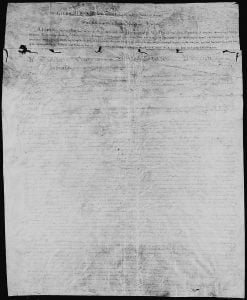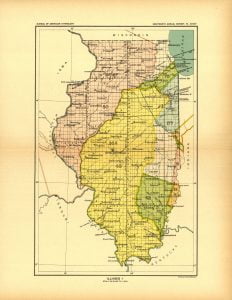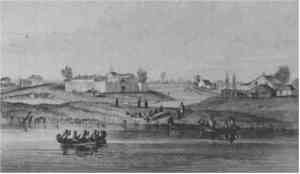Indian Treaties Waco to Yakima
Treaties for all tribes listed below. Names in (parentheses) are other names used for tribe Waco, Walla Walla, Wasco, Wea, Winnebago, Witchetaw, Wyandot and Yakima Tribes Waco Treaties (Wacoe) Treaty of May 15, 1846 Walla-Walla Treaties Treaty of June 25, 1855 Treaty of June 9, 1855 Treaty of November 15, 1865 Wasco Treaties Treaty of June 25, 1855 Treaty of November 15, 1865 Wea Treaties Treaty of August 3, 1795 Treaty of June 7, 1803 Treaty of August 21, 1805 Treaty of September 30, 1809 Treaty of October 26, 1809 Treaty of June 4, 1816 Treaty of October 2, 1818 … Read more



